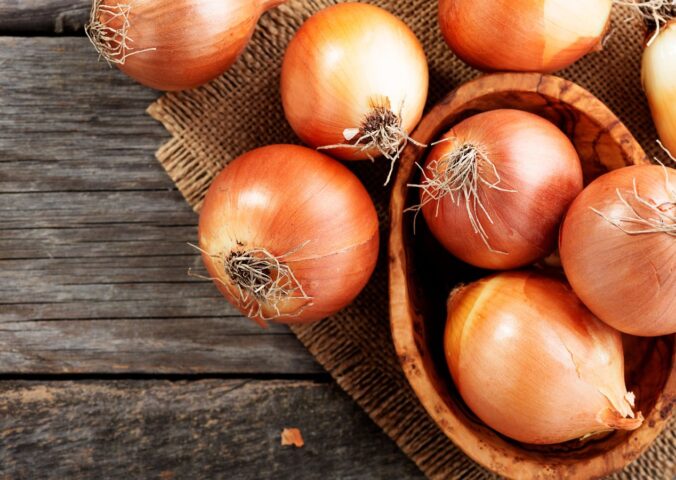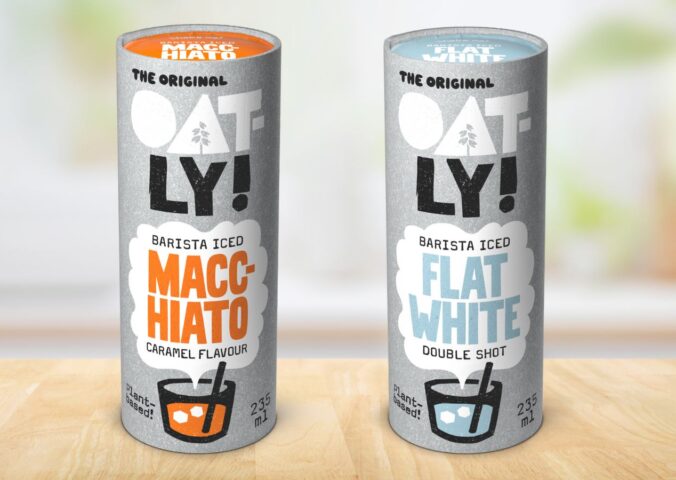Doctors are calling on the U.S. Department of Agriculture (USDA) to ditch dairy from its MyPlate nutritional recommendations.
MyPlate is an illustration that is promoted by grocery retailers, health professional associations, restaurant chains, and food manufacturers.
It divides a serving plate into three common food groups – vegetables, fruits, and grains – and one nutrient category – protein. Accompanying the serving plate is a smaller adjacent circle representing a dairy group.
Dairy-related health conditions
But according to nonprofit organization the Physicians Committee for Responsible Medicine (PCRM), the USDA ‘should make MyPlate dairy-free to help protect Americans from cancer, heart disease, lactose intolerance, and other dairy-related health conditions’.
The organization says: “Scientific evidence shows that dairy products offer little if any protection for bone health and increase the risk of asthma, breast, ovarian, and prostate cancers, cognitive decline, heart disease, and early death.”
It adds that the American Medical Association passed a resolution in July 2018, calling on the USDA and the Department of Health and Human Services to ‘recognize that lactose intolerance is common among many Americans, especially African Americans, Asian Americans, and Native Americans, and to clearly indicate in federal nutrition guidelines that dairy products are optional’.

MyPlate
According to PCRM, MyPlate is ‘strikingly similar’ to the Physicians Committee’s Power Plate which the organization presented to the USDA in 2010. In January 2011, the Physicians Committee brought the Power Plate to the White House, preceding the USDA’s launch of its MyPlate in June of that year.
Susan Levin, MS, RD, CSSD, director of nutrition education for the Physicians Committee for Responsible Medicine, said: “MyPlate is clearly inspired by the Physicians Committee for Responsible Medicine’s Power Plate, which features fruits, vegetables, grains, and legumes – but no dairy.
“It’s time for MyPlate to ditch the dairy, too.”
Dairy alternatives
Offering alternatives to dairy, PCRM suggests numerous alternative foods which include calcium, including beans, leafy green vegetables, tofu, breads, and cereals.
For potassium, it recommends oranges, bananas, potatoes, and other fruits, vegetables, and beans. Magnesium is found in legumes and green leafy vegetables, and vitamin D can be sourced from sunlight, and fortified cereals, grains, bread, orange juice, and plant milks.
PCRM has launched a petition urging Americans to tell the USDA to make MyPlate dairy-free






